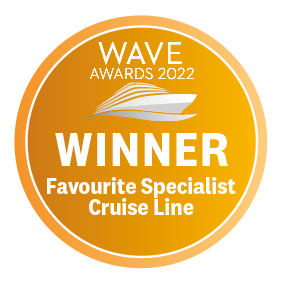Island Hopping in the North Atlantic | British Isles, Faroe Islands & Iceland: Northbound

Formerly the MS Midnatsol, the MS Maud is well-suited for expedition cruising.
Leaving from:
Dover
Cruise ship:
MS Maud
Visiting:
Dover •
Edinburgh •
North Haven, Fair Isle •
Kirkwall, Orkney Islands •
From
Price shown provided by:
HX Hurtigruten Expeditions
Hurtigruten Expeditions offers more than 125 years of cruising experience, providing small-ship exploration of more than 250 destinations across 30-plus countries.
On Hurtigruten Expeditions cruise adventures, you will be accompanied by a highly skilled crew and expedition team on one of nine intimately-scaled expedition ships, taking you on breathtaking nature-based experiences in remote corners of the world.
822
Passengers
69
Crew
2002
Launched
2021
Last refit
16140t
Tonnage
135.75m
Length
21.5m
Width
15kts
Speed
7
Decks
NOK
Currency
Cruise Itinerary
Day 1
Dover, England
Embark.
Day 3
Edinburgh, Scotland
Day 4
North Haven, Fair Isle, Scotland
Day 5
Kirkwall, Orkney Islands, Scotland
Day 6
Lerwick, Shetland Islands, Scotland
Day 8
Thorshavn, Faroe Islands
Day 11
Heimaey Island, Iceland
Day 12
Reykjavík, Iceland
Disembark.
Ship Details

HX Hurtigruten Expeditions
MS Maud
Formerly the MS Midnatsol, the MS Maud is well-suited for expedition cruising.


Cabins
All Prices

